Golden Hamster or Syrian Hamster: Everything You Need To Know
Scientifically called Mesocricetus auratus, golden hamsters, also known as Syrian Hamsters, are wonderful creatures that have been loved and valued as pets for a long time throughout the world. These beautiful tiny animals, known for their friendly behavior and adorable features, are great companions for pet owners of various experience levels.
These small creatures can form strong bonds with their human caretakers, enjoy a variety of toys and activities, and even have interesting histories.
We will cover all of the basics in this thorough guide, removing common myths as we go over each step of caring for a golden hamster, such as its qualities, habitat, behavior, meals, and health issues.
Origins and History
First found in the Syrian deserts in the 1830s, golden hamsters are native to this part of the world, which is why they are also called Syrian hamsters. This tale started with the great Dr. Israel Aharoni, whose incidental finding in the Syrian desert permanently transformed hamsters’ history.
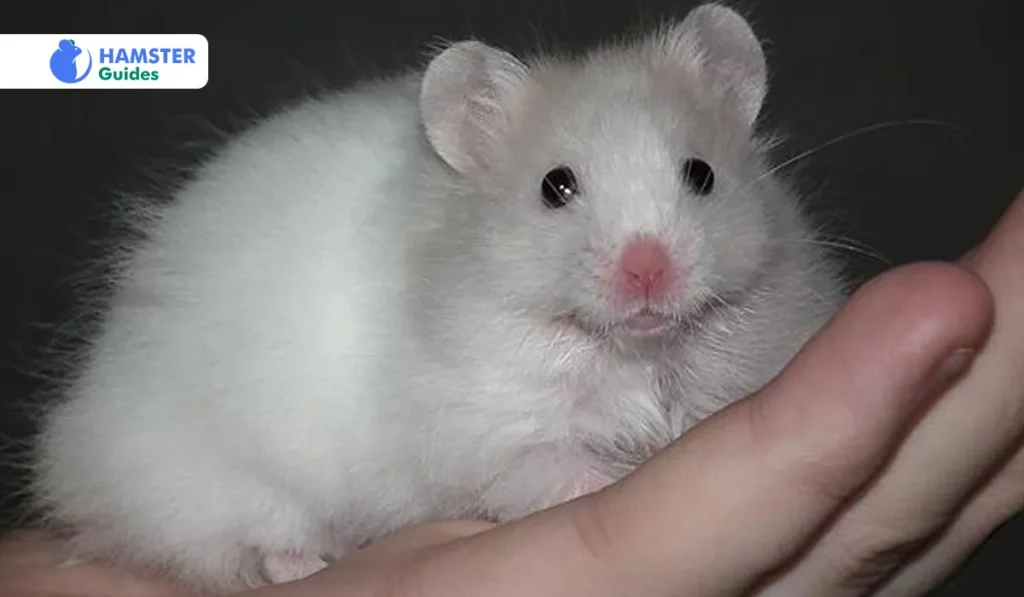
Dr. Aharoni observed a mother hamster and their beautiful huddle on one of his travels; their fur glowed in the desert view like bright gold. He took a lot of time gathering these animals since he thought they were unique, so he brought them back to Jerusalem for more study.
Golden or Syrian hamsters became popular pets in the 20th century due to their simple care and lovable demeanor. Although present hamsters can be found in a broad range of colors, from deep black to flawless white, pet lovers are still drawn to the beautiful golden coat. Other classifying of source:
Related Resource: Can Hamsters See in the Dark?
Golden or Syrian Hamsters Appearance: Size, Features, and Characteristics
The unique features of Syrian hamsters are known for their short, muscular legs, tiny feet with small, sharp claws, and sturdy bodies. They collect supplies and food for their nests in the obvious inside cheek pouches on their heads, which also have fuzzy ears.
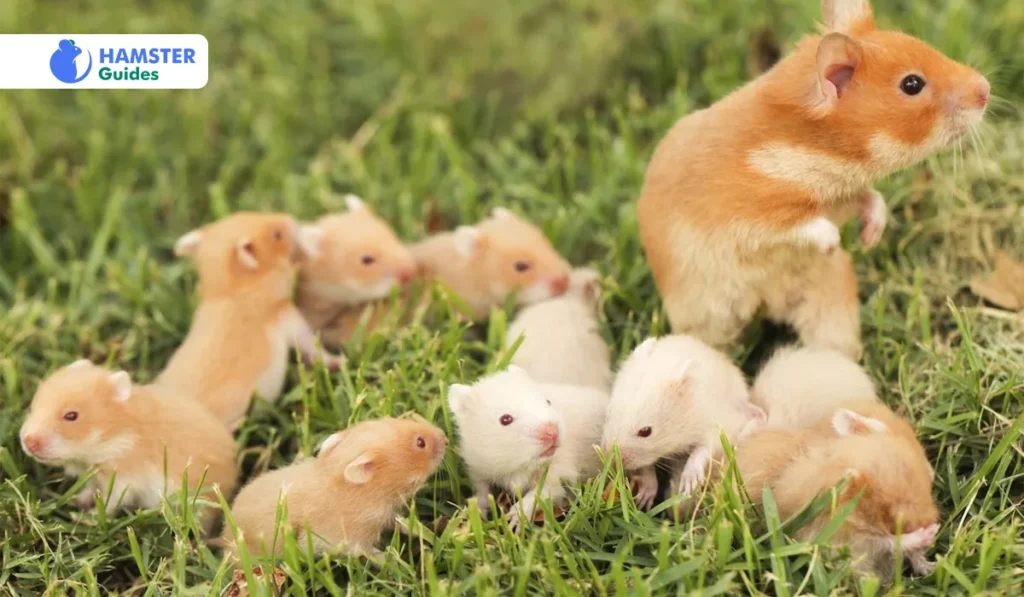
A healthy golden hamster’s size and weight range from 5 to 7 inches to 100 grams or above. Breeding selectively has generated a wide variety of coat types from their fur, which usually looks golden-brown, although they may differ in color, appearance, and pattern.
Physical Characteristics:

Related Resource: How Long Can Hamsters Go Without Water?
Physiological Adaptations:
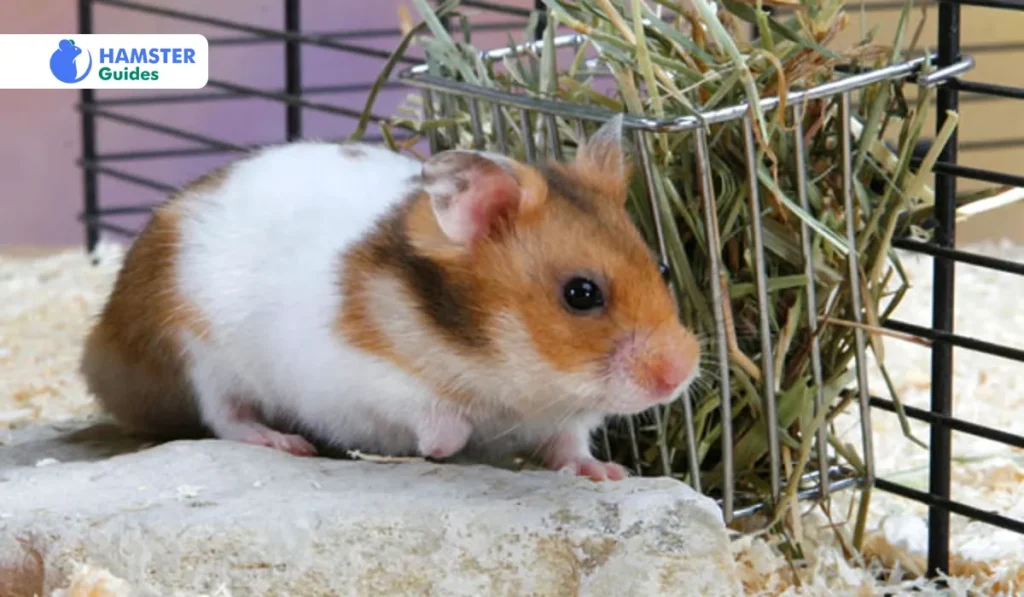
Reproduction:
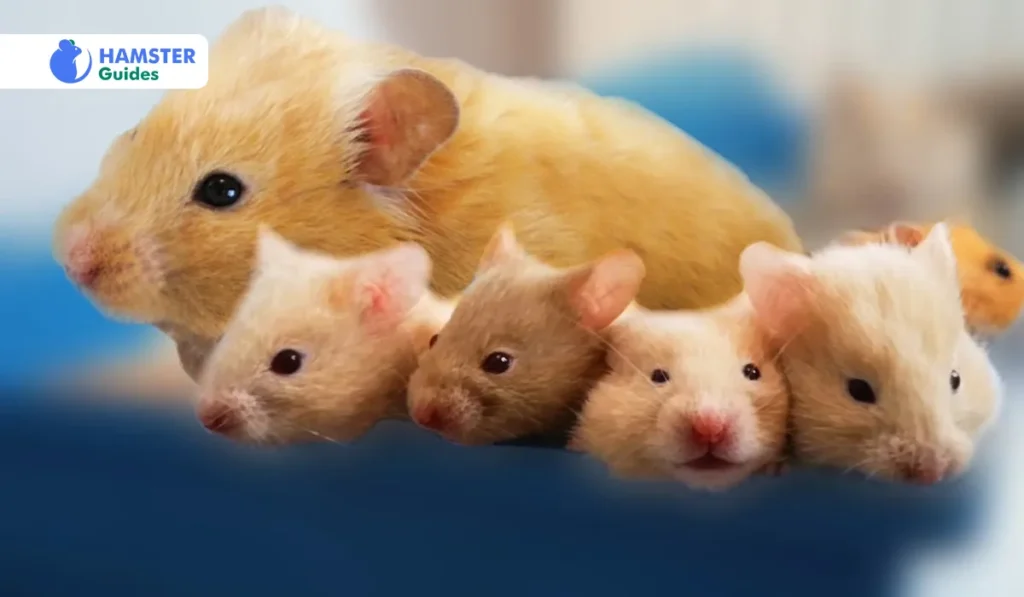
Related Resource: Do Hamsters Live in The Wild?
Common Varieties of Syrian Hamsters
| Variety | Description |
| White | White fur with various markings |
| Tortoiseshell | Patchy fur with a mix of colors |
| Cream | Light cream-colored fur |
| Satin | Glossy, shiny coat |
| Golden Brown | Typical coloration, golden-brown fur |
| Long-haired | Longer fur compared to standard golden/Syrian hamsters |
| Black | Black fur with possible white markings |
| Banded | Horizontal bands of color across the body |
What do Golden Hamsters Eat? Diet and Nutrition
Golden hamster’s well-being and good health require a strong well- consuming well-rounded diet. They eat many different foods because of their omnivorous nature, eating grains, seeds, fruits, vegetables, and, occasionally, hard-boiled eggs or insects that feed and other protein sources.
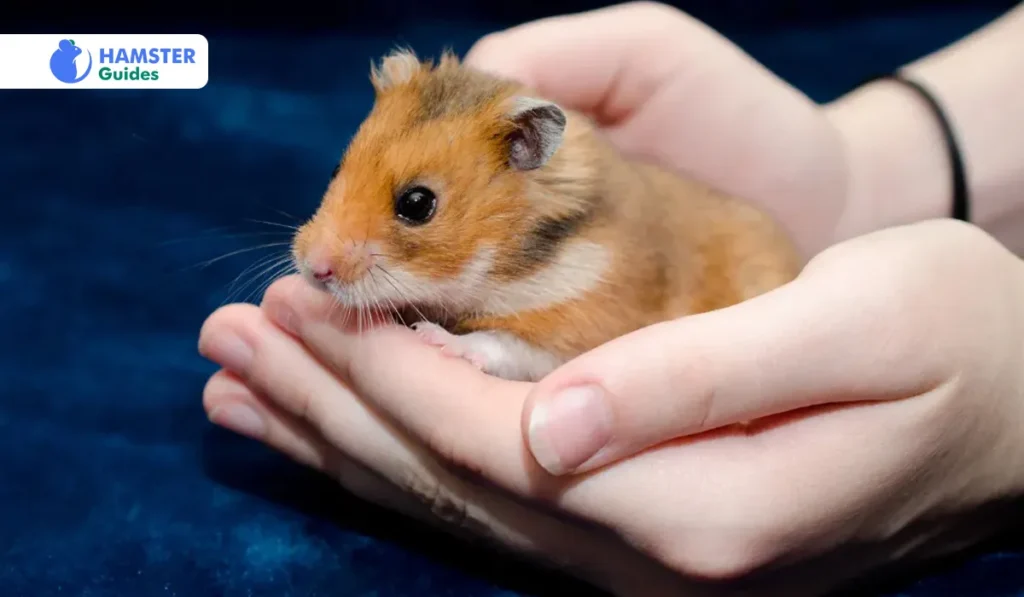
In addition to fresh fruits and vegetables, commercial hamster food combines important nutrients. To prevent obesity, there ought to be constant fresh water available in a clean container, and the intake of food should be regulated. Moreover:
Health and Care of Golden or Syrian Hamster
You must provide your pet Syrian hamsters with periodic wellness checks and regular maintenance to keep them healthy and joyful. Ensure a clean cage, provide them with weekly nail cuts, and keep a lookout for any symptoms of disease or discomfort.
A veterinarian knows how to take care of exotic pets and ought to be informed if you observe any unexpected behaviors or signs.
Related Resource: How To Take Care Of A Hamster?
Common Health Issues in Golden/Syrian Hamsters
| Health Issue | Description | Prevention/Treatment |
| Respiratory Infections | disorders of the respiratory system caused by bacteria or viruses | Obtain proper circulation and hygiene; follow veterinarian consultation |
| Fur and Ear Mites | Dry and itchy hair-losing, and unpleasant infestations of parasites | Regular hygiene and the consumption of necessary medications |
| Wet Tail | Gastrointestinal disease is related to high stress levels and insufficient personal hygiene | Make sure that the surroundings are neat and get veterinarian advice. |
| Dental Problems | Malocclusion or not enough chewing ability leading overgrown teeth | Offer chewable and follow veterinary dental treatment. |
| Obesity | Overindulgence of food and laziness resulting in considerable gain in weight | Offer them a chance to consume nutritious food and an abundance of chances for activity; observe how much food is eaten. |
Syrian Hamster Habitat: Housing and Environment
Dried, rocky bushes are suitable for Syrian hamsters native to the desert regions, including southern Turkey and northern Syria. Water wells and legume farms are common areas for locating hamster burrows.
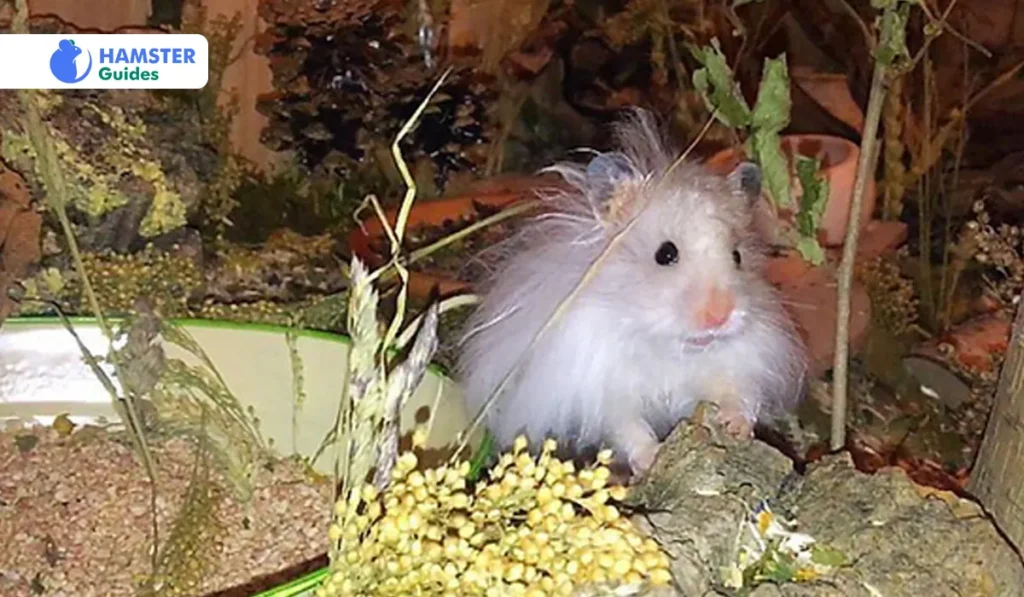
They show their natural propensity and inclination to begin digging through the construction of extensive burrows for safety and reproduction in nature. The place where Syrian hamsters reside enjoys periodic weather.
It’s important to set up a big cage with sufficient airflow and bedding for your Syrian hamster’s surroundings. If you prefer to encourage natural behaviors, utilize a cage with areas to hide and different levels. Add chew toys to improve tooth health and a wheel that runs for exercise.
| Season | Temperature (Day/Night) | Precipitation |
| Winter | ~10°C | Very low |
| Summer | 35-38°C / 6-15°C | Very low |
Furthermore, you might prevent your hamster from becoming bored by offering mental exercise with interactive toys, including puzzle feeders that give away benefits when pushed. Keeping hamsters engaged and mentally stimulated, these toys rely on their innate interest and ability.
The golden hamster can stay healthy, happy, and consciously engaged for every moment of their life if you give it a varied and stimulating atmosphere packed with various toys and exercises.
Cage Setup Tips
Also, hamsters are nocturnal animals, implying they are most active at nighttime. It is important to health to offer them activities and toys suitable for their level of every night activity. Consider burrows with several entries and exits to encourage how they naturally seek out and gather during their active time.
Related Resource: Can Hamsters Eat Pomegranate?
Typical Behavior of Golden/ Syrian Hamster
The Syrian hamster is a solo and highly territorial animal. Except for when mating, they are extremely aggressive towards fellow creatures. Fragrance buds on the flanks of hamsters are utilized to signify where they belong.
Hamsters rest in their burrows throughout the day and awake at sunset. They collect food most of the night and preserve it in their burrows. A single hamster could cover up to 8 kilometers in just one evening as it sprints between its burrow and food sources. Golden hamsters engage in a period of inactivity all over the winter that isn’t thought of as hibernation.
The Active Period of Golden/Syrian Hamsters
The belief that hamsters are nocturnal creatures is commonly believed. Although they do prefer to be more energetic at night, however, hamsters are not genuinely nocturnal animals. They are crepuscular, and more active at dawn and dusk in their native environment.
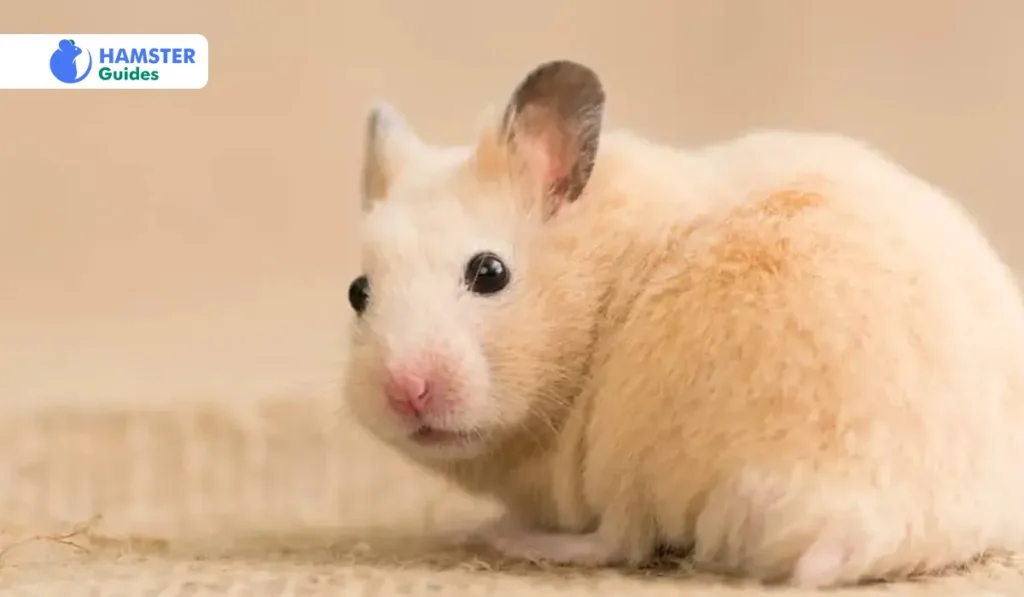
When choosing times to engage with your hamster, most often, take into account their crepuscular nature. This is an essential distinction to consider when gaining social interaction. This is great for modifying your plans to spend quality time with them when they are at their peak of activeness.
Golden/Syrian Hamster Toys and Enrichment Activities
Syrian hamsters are positive, eager pets who thrive in surroundings that are engaging and stimulating. Energetic games and toys are important to keep up with mental and physical activity needs. The spinning wheel is an iconic toy for hamsters.
The Exercise Wheel:
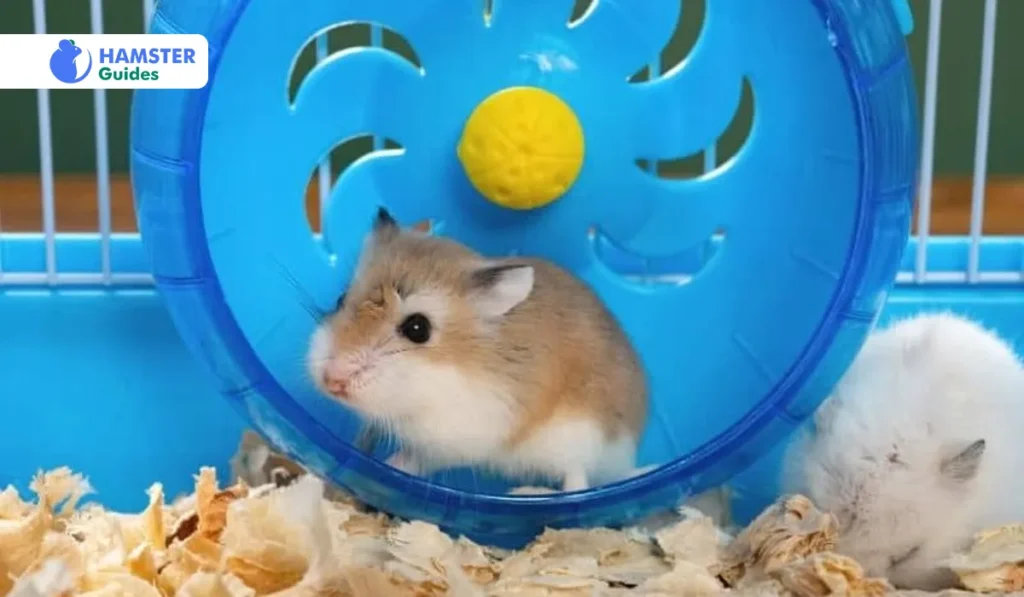
A beneficial, effective wheel can satisfy a hamster’s natural desire to run while giving them ample chances to exercise. To ensure your hamster’s safety and enjoyment, confirm that the wheel you bought is the proper size.
Related Resource: Can Hamsters Eat Tangerines?
Tunnels and Mazes:
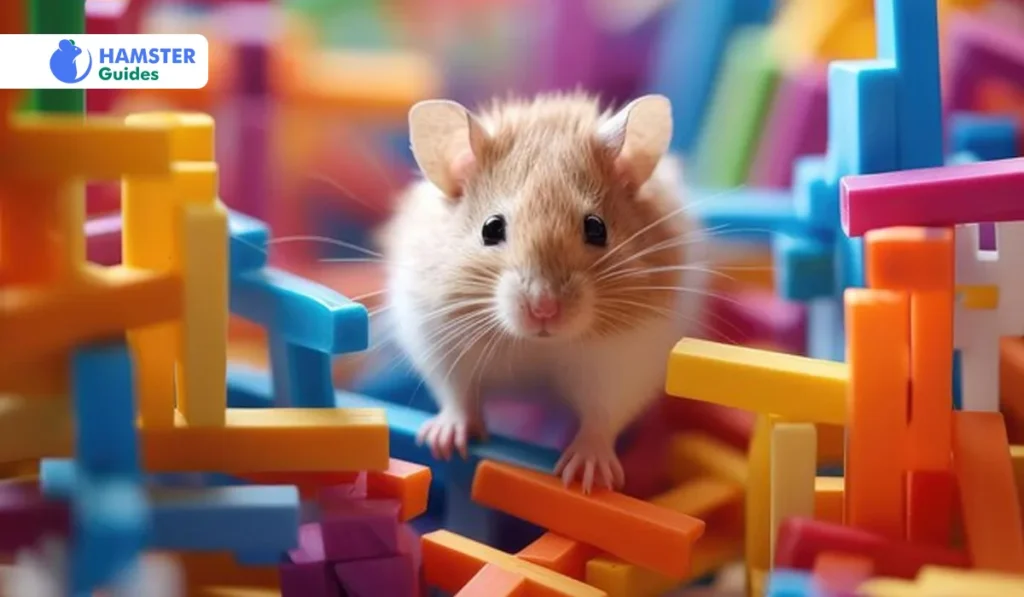
Mazes and tunnels are wonderful, enriching possibilities in conjunction with exercise wheels. They represent the hamsters’ natural desire to tunnel while offering them chances at development. Pet goods stores give many hamster tunnels and mazes; you can create your own at home through cardboard tubes and boxes.
Related Resource: Can Hamsters Have Pineapple?
Food Puzzles:
Playing puzzles is an alternative way to having your golden or Syrian hamster active. Their problem-solving skills are encouraged by these puzzles that cover delightful treats. This retains their gathering abilities and sharpens their mental faculties.
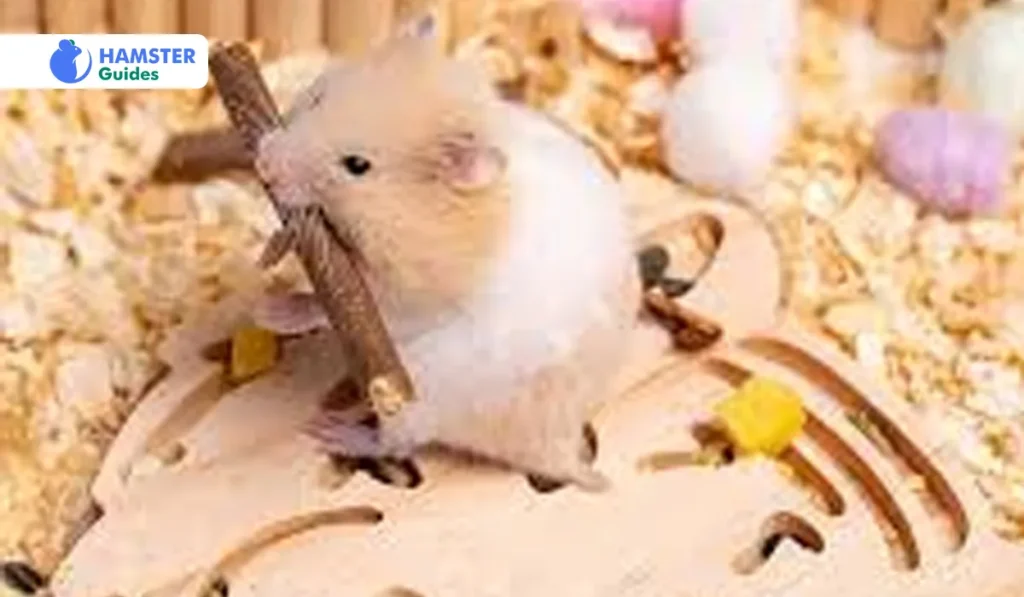
Remember to change and present new games and activities frequently. They want to remain fully engaged while avoiding boredom.
Related Resource: Can Hamsters Eat Sugar Snap Peas?
Communication and Perception
Syrian hamsters interact with their similar species in various ways, including several sensory modalities for conveying info. They use scent marking mostly to determine where they live and signal their breeding state.
Auditory signs that suggest excitement and opposition include squeaky sounds and chattering teeth. Grumbles appear when anything moves unexpectedly, and chatter teeth are utilized to show hostility, specifically among men. Surprisingly, young hamsters create ultrasonic sounds, which aids with mother care.
Communication Signals in Golden/ Syrian Hamsters
| Communication Signal | Description |
| Scent Marking | Used for territorial marking and signaling reproductive status |
| Ultrasonic Squeaks Produced by young hamsters, | likely facilitating maternal care |
| Auditory Signals | Squeaking sounds are associated with sudden movements, and teeth chattering indicates aggression. |
Interacting and Bonding with Your Golden/Syrian Hamster
Hand-taming is a crucial component of creating an effective connection with your Golden or Syrian hamster. Consider handling them carefully in the early stages to develop comfort and confidence. Recreation under observation outside the enclosure develops brain function and improves the bond between the pet and the owner.
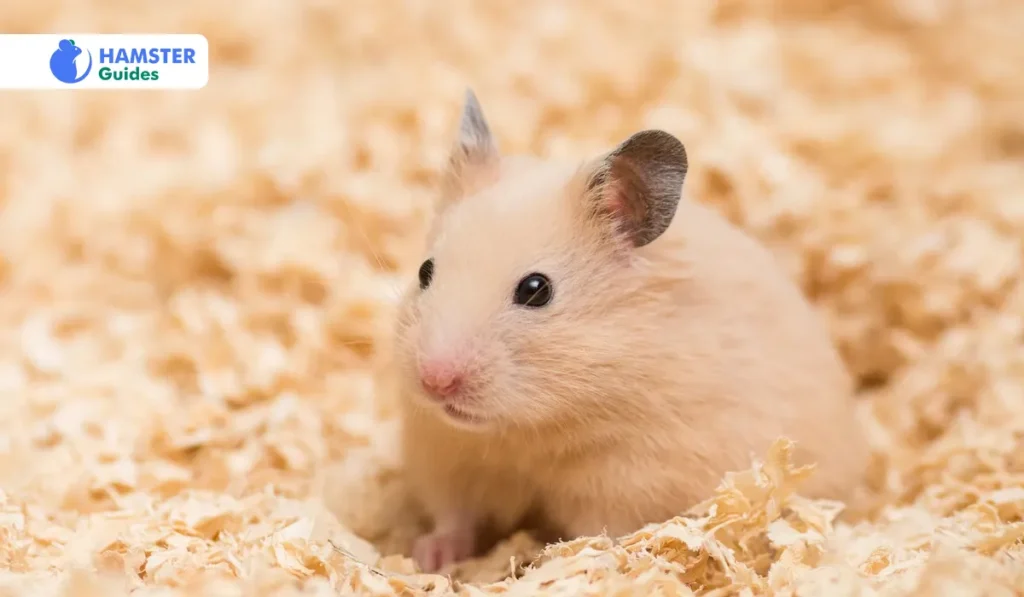
It is pleasant to form a close relationship with your Syrian hamster. Although every hamster is various, a few basic guidelines may assist you in building a loving and good bond with them.
Developing a strong connection with your Syrian hamster requires patience and comprehension. While they begin to know you properly, your hamster will eventually feel relaxed and reveal the unique traits that make them wonderful.
To further enhance your hamster’s general health, it is also essential that you provide them with surroundings that engage them. To improve the living area, consider adding new things to play with, including chew toys, wheels, and tunnels. These activities reduce boredom, enhance normal behaviors, and give mental and physical activity.
Additionally, giving your hamster a variety of snacks might help solidify your bond. Fresh vegetables and fruits like apples, carrots, and broccoli belong to a variety of items that golden hamsters like to consume. Feeding into your hamster’s desires will sometimes assist him or her in forming enjoyable relationships.
Common Golden/Syrian Hamster Myths Debunked
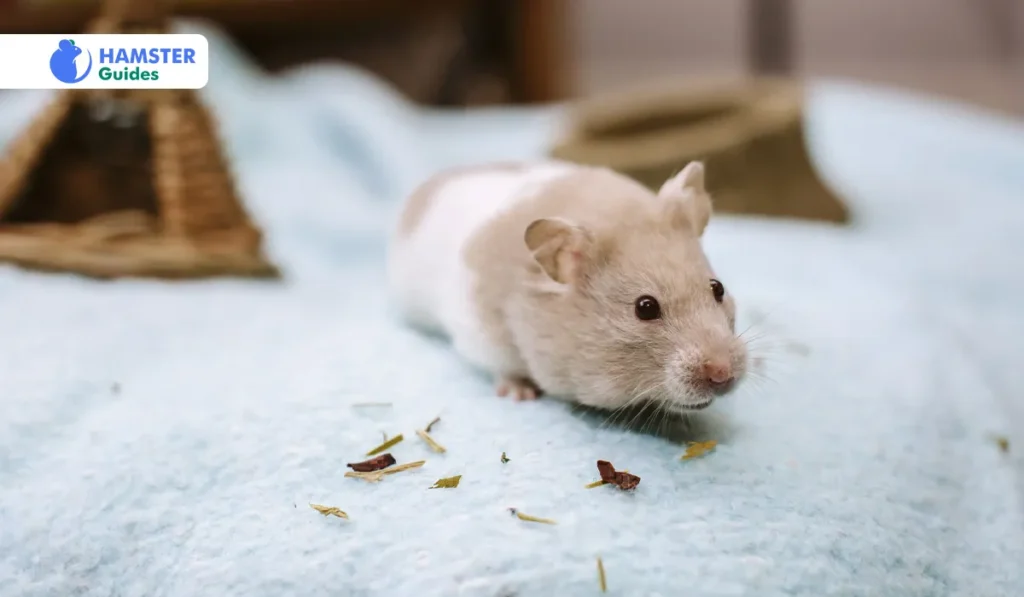
Some common misconceptions about Syrian hamsters need to be refuted to preserve their health properly with sufficient care.
By debunking such myths, we can ensure Syrian hamsters obtain all the affection and protection they require, ultimately benefiting their pleasure and overall health.
The Low-Cost Myth
It is commonly believed that hamsters are affordable pets, but this must be refuted. The high cost of caring for hamsters ought to be taken seriously, although the animals themselves may be quite inexpensive.
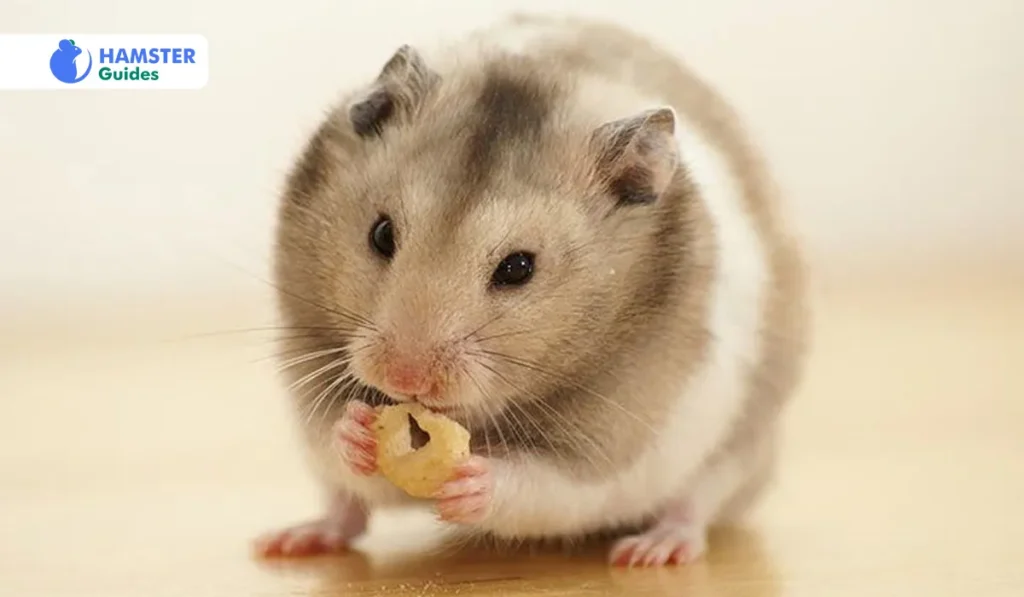
Bedding, toys, food, and periodic veterinarian visits are extra expenses that belong to the original costs of the right residence and accessories. It is essential to set aside money for such costs to be able to make sure that your hamster obtains the care necessary and remains strong for every day of their life.
Related Resource: Can hamsters eat blueberries?
Scientific Contributions:
Some Interesting Facts:
The Final Words
Many households worldwide benefit from the happiness and firmness that Syrian hamsters offer. You may provide these adorable pets with a caring and engaging home by being conscious of their specific traits, environmental requirements, and care needs. With appropriate treatment and care, your golden hamster can thrive as a beloved family member for a long time.









Leave a Reply